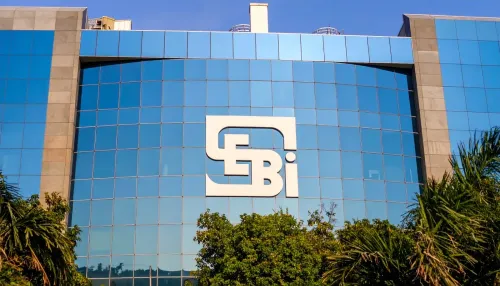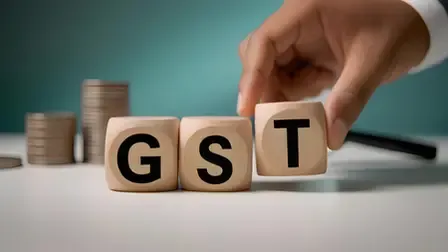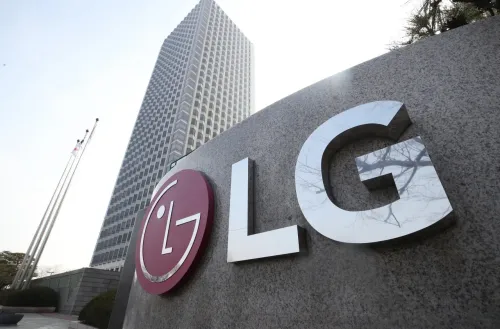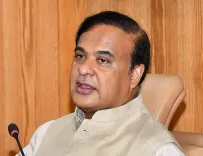Will Nepal's Economic Growth Slowdown Continue in FY 2026–27?

Synopsis
Key Takeaways
- Nepal's economy is projected to grow by only 2.1% in FY 2025-26.
- Political instability has significantly impacted economic performance.
- The tourism sector is expected to see a sharp decline.
- Poverty rates are rising due to economic challenges.
- Reconstruction efforts may lead to a rebound in growth to 4.7% in FY 2026-27.
Kathmandu, Nov 13 (NationPress) The economic landscape of Nepal is anticipated to experience a significant deceleration in the fiscal year 2025–26, primarily due to the repercussions of public unrest that unfolded in September and the resulting political turbulence, as indicated by the World Bank on Thursday.
In its biannual report titled Nepal Development Update: Reforms to Accelerate Public Investment, the Bank forecasts that Nepal’s economic growth will decrease to 2.1 per cent in FY 2025–26, a drop from 4.6 per cent recorded in FY 2024–25.
The Himalayan nation saw widespread protests led by the Gen-Z demographic in early September, which resulted in the ousting of the government under then–Prime Minister K P Sharma Oli. This unrest led to the establishment of a new non-political government, headed by Sushila Karki, tasked with conducting elections on March 5 of the upcoming year.
During the protests, over 70 lives were lost, and public and private assets worth billions in Nepali rupees suffered extensive damage as various groups attacked and set ablaze government structures and private properties.
The Bank attributes this projected downturn primarily to challenges in the services sector. A drastic decline in tourism activity is anticipated, reflecting a notable reduction in international tourist arrivals, while the fallout from asset destruction is expected to burden the insurance sector.
Despite the forecast of sluggish growth, the global multilateral body noted that the devastation has negatively impacted Nepal’s efforts towards poverty alleviation. The poverty rate (at USD 4.2/day) has now been revised to 6.6 per cent in FY 2025–26, up from a prior estimate of 6.2 per cent.
Furthermore, the World Bank anticipates that the economy could rebound to 4.7 per cent in FY 2026–27 as reconstruction initiatives gain traction during the current fiscal period. At the report's launch, Finance Minister Rameshore Prasad Khanal shared that the government has initiated an Integrated Business Recovery Plan that includes grants, tax incentives, and operational support to restore business confidence and expedite recovery.
“Public resources have been realigned to focus on infrastructure restoration and election preparations, with the establishment of a Reconstruction Fund aimed at rehabilitating damaged public and private assets. These measures intend to rejuvenate private sector activities while laying the groundwork for a more resilient economy,” Khanal remarked.
David Sislen, the World Bank Division Director for Maldives, Nepal, and Sri Lanka, stressed the importance of enhancing public investment to foster growth, generate jobs, and promote prosperity for the Nepali people.
“This necessitates the execution of essential reforms, including improving project planning and budgeting, simplifying land acquisition and tree-cutting procedures, enhancing cash management efficiency, and modifying procurement laws to expedite project implementation,” he stated.
The Nepal Development Update, issued biannually, offers a comprehensive review of crucial economic trends from the preceding year, situating them within a broader long-term and global context.









